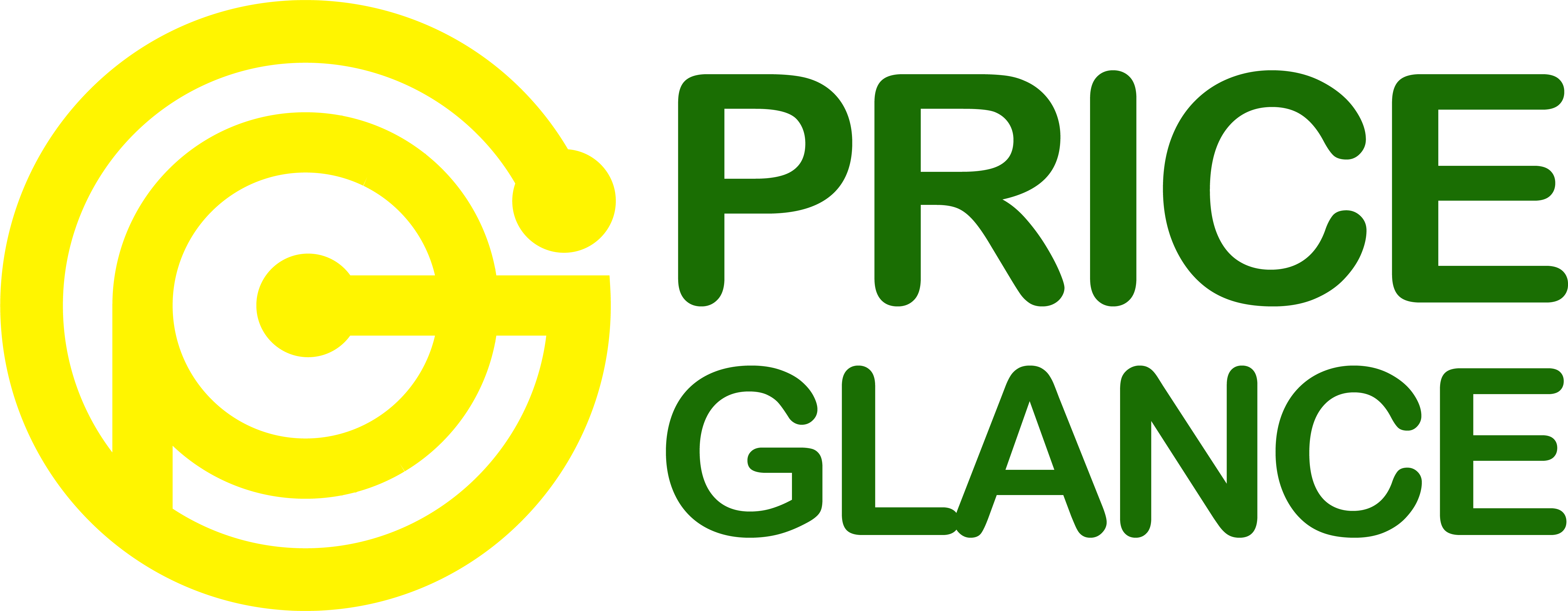
Introduction:
In today’s digital age, where vast amounts of data are available on the internet, web scraping has become increasingly popular. This article aims to provide insights into the optimal approaches and guidelines to follow for successful web scraping endeavors. By understanding the fundamentals and techniques, you can harness the power of web scraping to extract valuable data efficiently and ethically.
Why is Web Scraping Popular?
Web scraping has gained popularity due to its ability to extract and analyze large volumes of data from websites. It enables businesses to gather market intelligence, monitor competitors, track pricing trends, and make informed decisions. Researchers and analysts can utilize web scraping to collect data for academic studies or gain insights into various industries. Additionally, web scraping allows developers to create innovative applications and automate repetitive tasks.
What is Web Scraping?
Web scraping refers to the automated process of extracting data from websites. It involves using software tools, also known as web scrapers or crawlers, to navigate web pages, retrieve specific information, and store it for further analysis. These tools mimic human browsing behavior and navigate through multiple pages to collect data from different sources.

What is Data Scraping Good for?
Data scraping offers a wide range of applications across various industries:
1. Market Research: Web scraping enables businesses to monitor competitor pricing, track product reviews, and analyze market trends.
2. Lead Generation: By scraping websites, companies can gather contact information of potential customers, facilitating targeted marketing campaigns.
3. Content Aggregation: News platforms and content aggregators utilize web scraping to collect articles, blog posts, and other information from different sources.
4. Financial Analysis: Investors and financial institutions scrape financial data to analyze stock prices, market trends, and other relevant information.
5. Academic Research: Researchers employ web scraping to collect data for studies, surveys, and statistical analysis.
Challenges Concerning Web Scraping:

Web scraping presents various challenges that require careful consideration. Some notable challenges are:
1. Dynamic Websites: Websites that extensively use JavaScript or AJAX to load content dynamically can make scraping difficult. Tools like Selenium or Puppeteer can be employed to scrape such websites effectively.
2. Data Structure Changes: Websites may periodically change their structure, making it necessary to update scraping scripts. Regularly monitoring and adapting to these changes is crucial to maintaining scraping functionality.
3. Legal and Ethical Concerns: Web scraping should always be performed in compliance with legal and ethical guidelines. Respect website terms of service, avoid scraping sensitive information, and be mindful of the impact on server load.
Conclusion:
Web scraping is a powerful tool for data collection, but it requires careful consideration and adherence to best practices. By understanding how websites detect scrapers, overcoming challenges, and following optimal approaches, you can improve the success rate and efficiency of your scraping endeavors. Remember to always respect legal and ethical guidelines, adapt to changes, and employ additional tricks to optimize your scraping bot. With these guidelines in mind, you can navigate the world of web scraping effectively and extract valuable data for your intended purposes.
Learn More: Utilizing Next-Gen Digital Shelf Technology for Business Growth
